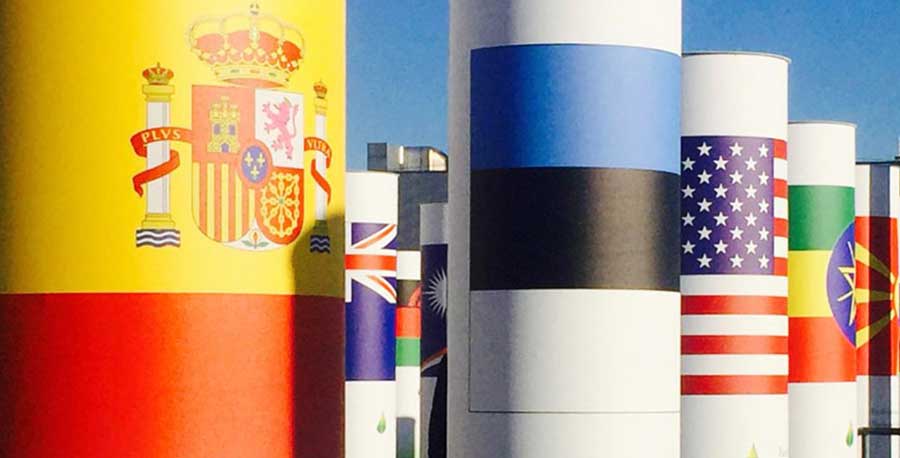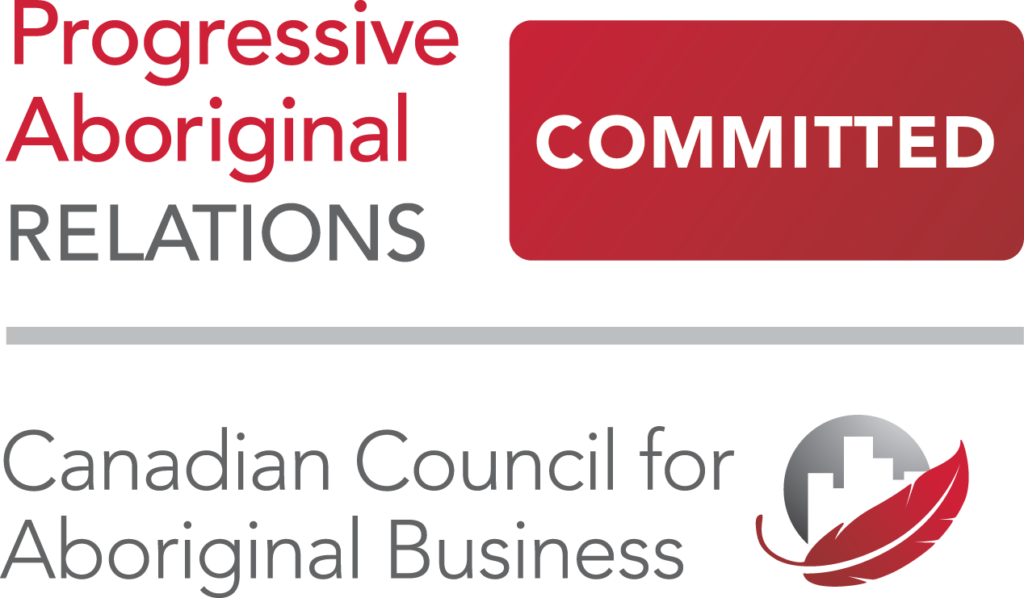As the digital age brings businesses and consumers closer together, many small to mid-sized companies have been left with the question of what to do about their international audience. Many never started with the intention of selling globally but soon realize that a growing portion of their online visitors, and possibly their paying customer base, come from outside of their geographic location. Whether it’s a software company or an online clothing retailer, the challenge is often the same – to understand whether international growth can be a feasible component of the company’s strategic plan. If so, a major part of the marketing team’s role would be to determine how they can utilize a range of multi-channels tools and marketing programs to grow international audiences and support business objectives.
For the sake of this discussion, I’m going to assume that we’re talking about a company that has already done the market & competitor research to determine the opportunity in specific international markets. Given that this hypothetical company is set on moving forward, they’d need to ensure they are set-up properly to be successful, working through a strategic planning process designed to lay-out a clear executional roadmap to implement test campaigns, learn from them and continue to refine the approach.
The following list of 10 Tips To Expand Your Marketing Strategy Globally comes from personal experience and is in no way, an exhaustive playbook of how to do it. It’s a series of highlights that touches on three key stages of global marketing program development; 1) Planning, 2) Execution and 3) Insights. The focus here is online marketing as technology and the range of services today make it a more accessible first step for many businesses. However, it’s important to note that I’d often recommend a comprehensive approach that includes well-planned and executed offline programs and complementary brand building activities. Nevertheless, budgets and other resource constraints don’t always permit a more robust market entry approach and therefore, online marketing channels can provide a great initial window into the opportunity and challenges in any geographic region around the world.
1. Ensure a positive customer experience.
First things first when looking to expand internationally, you need to make sure any resources and money dedicated to marketing in new regions are supported by a positive customer experience. You need to understand any challenges current customers in these regions are having or any that they may have as you begin to open up the market. If there are big show-stoppers, do you have work-arounds or other ways in which you can overcome these obstacles? Legal, tax, shipping, currency, site experience (preferably in their language), customer support and other questions are absolute first steps to ensuring that you are giving your marketing efforts a chance to succeed. I’ve seen cases where new PPC campaigns are set-up and driving a ton of new, inexpensive traffic from countries such as Brazil but there were just too many hurdles for the customer to jump over to actually convert. Whether it was the $35 shipping price on a $70 AOV, the lack of local payment options in Reais or just the clunky half English, half Portuguese site experience that customers had to maneuver through, there were just too many initial obstacles to deal with before pushing marketing spend. Similar to how you wouldn’t invite guests over for a dinner party if your house was out of commission, you wouldn’t want to invest in site traffic to to your company’s home when there are major gaps in the experience that users would have once they arrive.
2. Talk to as many people as possible!
With a wealth of resources and a world where we are all more connected than ever, take the next step to understand the needs and challenges of specific markets by actually talking to people. If your business already has customers in the targeted regions, set-up some time to call and talk to them. Have clear questions and objectives but be open to what your customers have to say because they will likely bring up issues that you never thought of. The easiest way to approach this is through a survey but picking up the phone and calling someone can be much more enlightening. Of course if you can travel to the region, organizing simple meet-ups at local pubs can go a long way to cut through much of the noise and get right to the heart of what the market wants and how to best deliver it. What I’ve seen in my experience with US companies is that international customers often feel honored that their opinion is valued and are usually very passionate and willing to provide insight on how to be successful in their country.
3. Proper resource planning upfront.
There’s nothing that will kill a new customer base quicker than creating expectations that you can’t fulfill because you don’t have the people resources, or at least access to them. It’s critical that the team be able to handle the workload or that you have plans (and budget) to bring in additional resources to support expansion. If your internal design team is tasked with developing banner ads for global campaigns, work the additional resources needed for new markets into your resource planning. Timelines will get longer and an otherwise simple set of banner ads can now become much more complicated with a host of additional work, including translations, landing page builds, offer set-ups, and in some cases, alternative sizes and versions of the ads for different markets. And expansion to global audiences will often need to be accompanied by newsletters and possibly social communications specific to regions or language so make sure you’ve properly planned out resource allocation and development as you move forward.
4. Determine the right mix of global and local, or what some call GLOCAL.
Few companies have the resources to run fully localized programs across the globe so decide what’s the necessary amount of localized content for your product or service, what the key local triggers are and how this is managed by either local or global teams. While we’d all love localized versions of Spanish in each of the 21 Spanish speaking countries, it’s likely not feasible nor completely necessary. If resources permit and you feel like Spain, Mexico and Argentina are important enough to warrant localized content, then do so and then utilize the most neutral of the three in the remaining countries. And for most small to mid sized businesses, one version in neutral Spanish will be as much as your resources will permit but try and figure out other creative ways to make users in Chile feel comfortable that your brand is safe, credible and also represents them. I’ve seen success with something as simple as a new version of a landing page which contains nothing different, other than a country flag on the top of the page. This visual marker lets the user know that they are in the right place and that this company services their country, even if its clear that it is not a local company.
5. Stay focused on what you’re trying to do.
This should be absolutely critical in any marketing plan but even more so in international campaigns where behavior, costs and other factors can be so different than what you’re used to. If Cost Per Acquisition (CPA) is the major metric you’re focused on, then optimize toward that and don’t get thrown off when you see higher than average bounce rates on your landing page or when you see amazing amounts of traffic at a low cost. For example, I’ve run Facebook campaigns in Pakistan where the cost to acquire the lead was unbelievably inexpensive but they simply did not convert to new users. While tempting to continue to pour money into a market with $.10 CPC, you have to stay focused on what you’re trying to achieve as the market that costs $1.00 per click may be the one that is actually more valuable to the business. The decisions are easy when you know what you’re focused on so clearly define your objectives and ensure that your KPI’s and major metrics can be clearly tracked and reported.
6. Prioritize.
Not all markets will respond the same to your product. Not all markets have the same opportunity. Not all markets are as easy to get up and running. And different markets often require different approaches through different channels. While the UK, Australia and Canada performed on-par to the US in a previous technology company that I worked for, the same markets do not behave similarly for a current client in the education space. If you can get other English speaking markets to work, then it can often be your first priority to internationalization as you’ll learn a lot without overly taxing your resources on large cultural, linguistic and other significant hurdles. And if you do start to test a bunch of different channels in different markets, don’t get sucked into spending 50% of your resources to support campaigns in Germany if it only brings in 2% of the channel’s revenue. Always look at performance per channel per market and prioritize spend and resources on those that perform best, are sustainable, and are scalable.
7. Don’t simply translate.
This should be obvious but too many people use automated translation services to short-cut the cost to having proper translations. The term transcreation, or the process of recreating brand content for multilingual consumption, is actually more reflective of what a business needs. As someone who loves foreign languages, I’ve been caught in more than a number of situations where my literal translation of something led me somewhere I definitely did not want to go. So, don’t do this with your marketing campaigns as your users will end up in places, or with expectations that you did not intend to create. I’ve poured a lot of money into Portuguese search terms that I thought meant the same as its literal Spanish translation, only to realize that I was bringing in customers who thought our product was entirely different than what we actually sold.
8. Don’t go at it alone!
A small marketing team will have difficulty running effectively multi-linguals campaigns across global markets so make sure you have access to the proper support network. Partners, vendors, in-market resources and employees with international experience is extremely valuable. In particular, choosing the right vendor (or ensuring that your current vendor is the right choice) is critical. Unless you’re planning on running multi-million dollar campaigns across many different countries, you will likely not find a multi-lingual vendor that is an expert in the industry, marketing programs and all of the geographic regions that you’re focused on. And if you do, be cautious as it’s not often worth an agencies time to spend much effort drilling into the intricacies of Paid Search keywords in a small test campaign in France when you’re spending 25X in your major English speaking markets. You need to clearly understand what your internal resources can support and prioritize what’s most important for you to get from your agency. Is it the local knowledge in certain key markets, language mastery or an emphasis on Paid Search? Do your research and a proper RFP process so you ensure that you bring on the right support up-front as change can be extremely costly and resource intensive.
9. Test, Test, Test.
Often times, a lot of research, planning and investment go into opening up a new market and marketing teams often think they know what works. While that confidence is great, program managers and their leaders need to accept that much will fail when you’re jumping into the unknown and the most important thing is to fail quickly, learn and make changes. So test everything you can and do so in a way that produces valid results with levels of statistical significance that assures that you are taking the proper next steps. While this is another example of something that should be practiced across all marketing campaigns, the importance of this is elevated in global campaigns because despite how prepared you are, there are often many more unknowns that arise when managing campaigns half way across the world. So accept that you don’t know everything, test as many variables as you can and refine campaigns as quickly as possible.
10. Know when to quit.
Not everything you try is going to work and despite the investments in supporting your efforts, sometimes it is just too difficult or unprofitable to get a market to work. Testing can’t always improve everything enough and be ready to face your bosses with data and insights that clearly outline why something isn’t working and why you don’t expect it to improve. Much of what marketers do doesn’t work and don’t see this as a failure, just make sure to pull the plug immediately and stop dripping advertising spend into programs and markets that aren’t successful. There are a lot of countries and markets ready for your product so re-shift your attention to those that more closely support the objectives of your business.
As mentioned, these are simply some helpful tips to get you thinking and asking the right questions about how to expand internationally. While expanding internationally can seem overwhelming, there is often nothing more exciting than pushing your product or service globally. You just need to do your due diligence – plan properly, test quickly and stay on top of the numbers in order to shift budgets around, refine and optimize campaigns and kill programs that don’t work.











